In Part 2, Del Monte provides original theoretical research, taken from his new book “Unraveling the Universe’s Mysteries,” available at Amazon.com http://amzn.to/STe9fW and Barnes and Noble http://bit.ly/RAv4FL. Del Monte’s research delineates the energy required for time travel to the future.
Time Travel

This video welcomes visitors and introduces Louis A. Del Monte, author, physicist and the Chief Executive Officer of Del Monte and Associates, Inc. It briefly introduces Del Monte’s new book, “Unraveling the Universe’s Mysteries,” available at Amazon.com http://amzn.to/STe9fW. For more information …
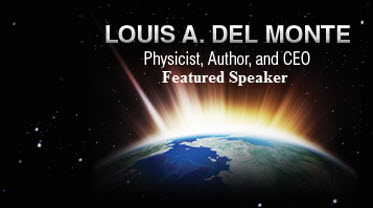




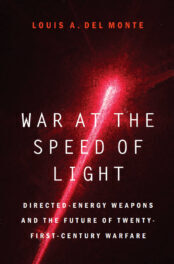
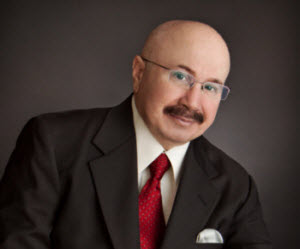
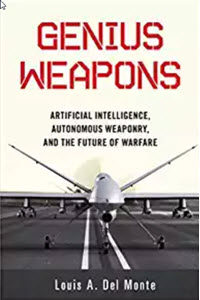
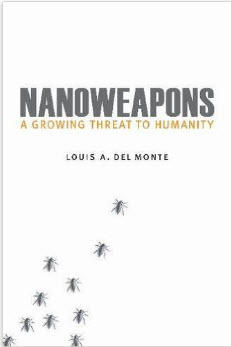
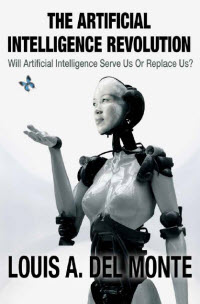

STAY CONNECTED